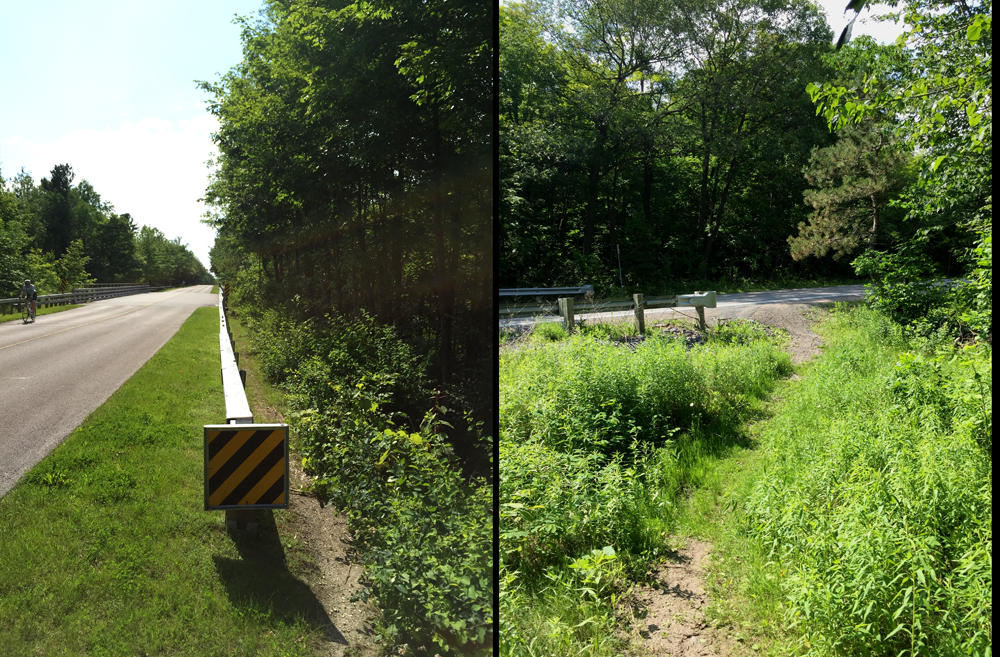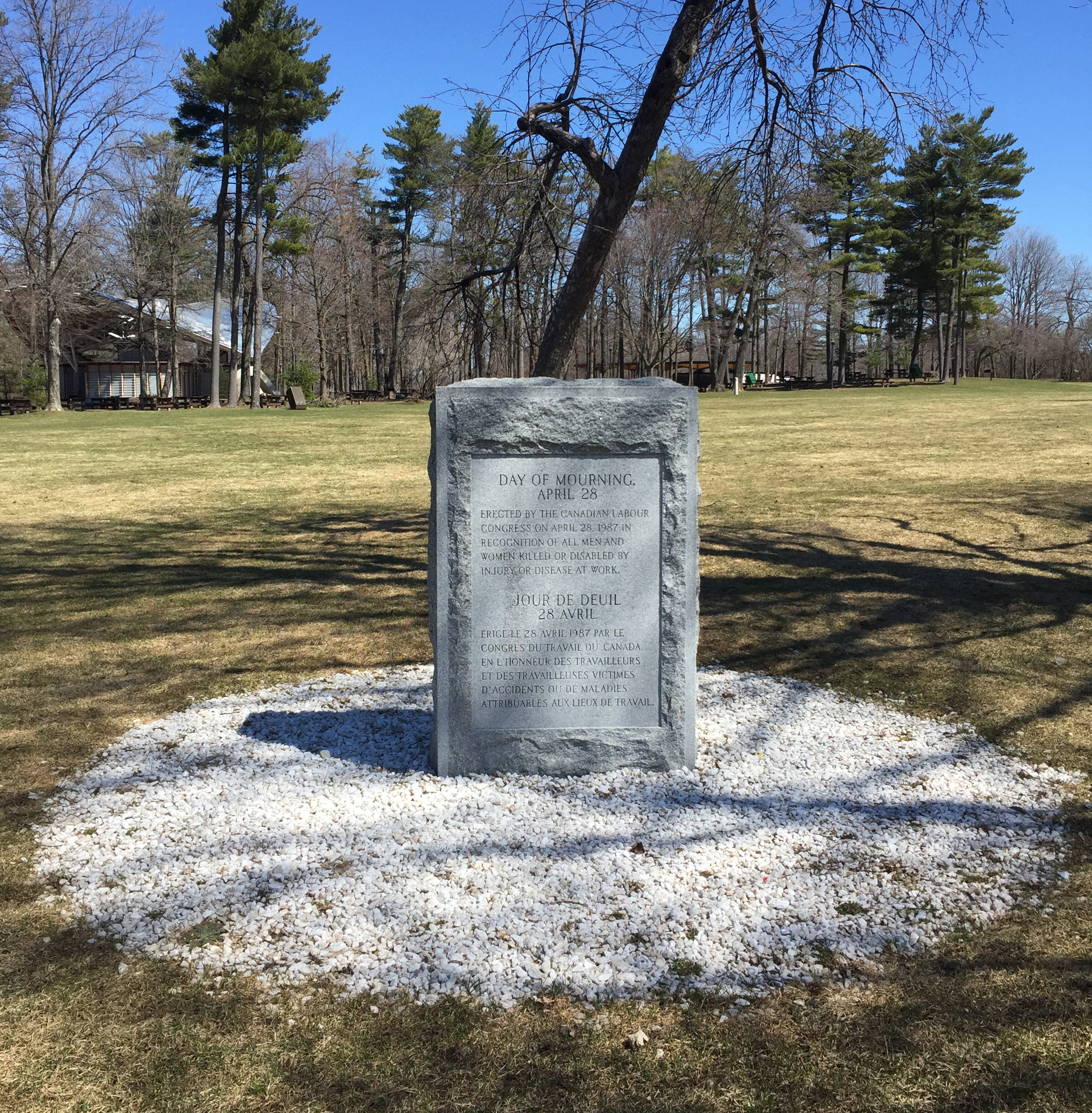This 44km ride starts at the statue of Queen Victoria on Parliament Hill and heads up along the Ottawa River before weaving it’s way north through Gatineau Park to the small Chelsea Pioneers Cemetery where lies Private Richard Rowland Thompson, the sole Canadian recipient of a Queen’s Scarf of Honour, one of eight scarves crocheted by Queen Victoria in her final year of life.
Victoria Day is a distinctly Canadian holiday, celebrated on the Monday that lands between the 18th and 24th of May, in honour of Queen Victoria born on May 24, 1819. One legend says she chose Ottawa as the nation’s capital by jabbing a hat pin into a spot on a map between Toronto and Montreal to stop the two cities from squabbling over which one deserved to be the capital. Another suggests her appreciation of landscape paintings of the region inspired her to choose this location. There may be an element of truth to both when she ultimately acted on the reccomendations of John A MacDonald, prime minister at the time, and made the final decision.
The statue of Queen Victoria is located just to the west of the Centre Block on Parliament Hill.

Exit Parliament Hill heading west and turn right after passing through the RCMP bollards. Then take Vittoria Street that passes behind the Confederation building and infront of the Supreme Court, before turning left to get to Wellington St .

There’s a bike lane along Wellington that starts infront of the National Archives. Follow this lane across Portage Bridge to the Quebec side of the Ottawa River. Once across the bridge follow the Voyageurs Pathway by circling under the Portage Bridge. Follow the path all the way to a fork just in front of a hydro site. Head right at the fork.
This leads to Rue Belleau, a quiet street with bike lanes leading to the intersection at Boulevard Alexander-Taché. The start of the Gatineau Park Pathway is immediately across this intersection.
Follow the beautiful Gatineau Park Pathway up through the park all the way to Chemin de la Mine.
Access Chemin de la Mine from the pathway and head north along the bike lane on the shoulder of the road.

Turn right onto Notch Road which also has bike lanes.
Turn right onto Chemin de Kingsmere then right onto the bike lane along Chemin Old Chelsea east heading over the Gatineau Autoroute, all the way to Route 105.
Turn left up the 105 and ride along the abutting bike lane all the way to the small sign indicating the entrance to the Chelsea Pioneer Cemetery .

Down this short dirt road you will arrive at the small cemetery where lay the remains of Private Richard Rowland Thompson who was awarded the Queen’s Scarf of Honour for saving the life of a wounded colleague and staying with him throughout the Boer War Battle of Paardeberg. He also attempted to save another as the fighting raged about him.

The graveyard itself is very simple and serene, a quiet place to rest before getting back in the saddle.


Exiting the cemetery continue north along the 105 before turning onto Chemin Scott which also has bike lanes heading into Old Chelsea.
Chemin Scott intersects Chemin Old Chelsea which you can hop back onto and retrace your route back to Ottawa.
Et voila!






















































































